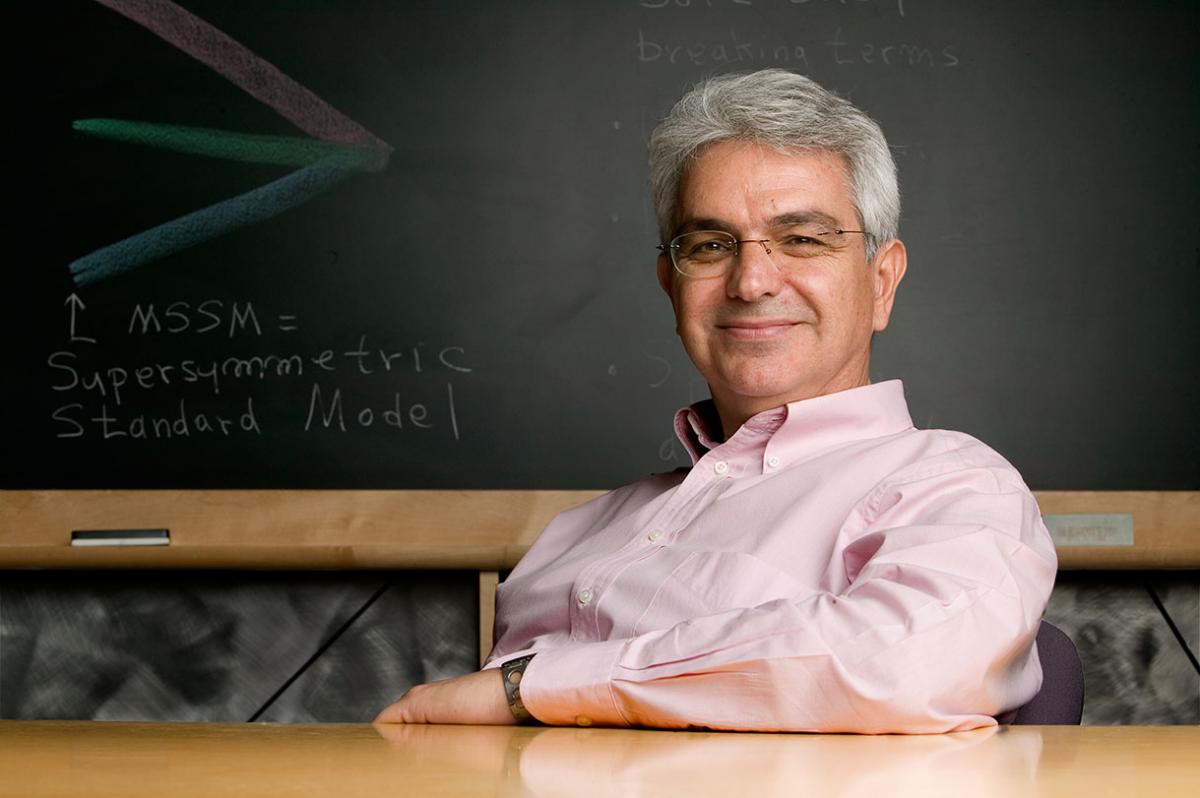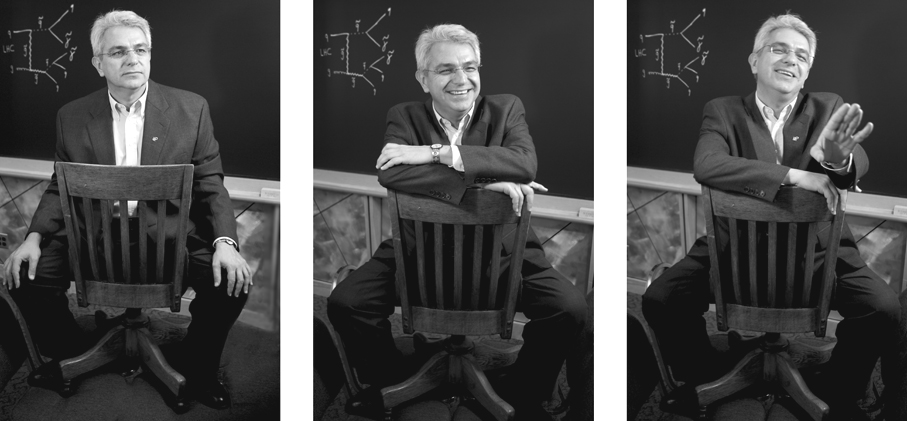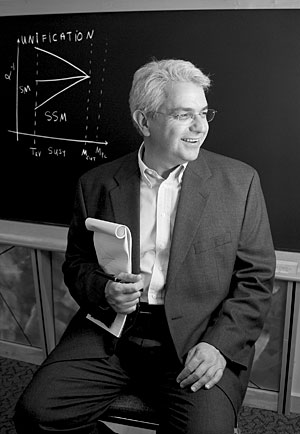[:el]
Savas Dimopoulos is a distinguished professor of Particle Physics at Stanford University, in fact he started teaching there at the age of 28. He is one of the 2 Greek physicists having been awarded with the Sakurai Prize as a recognition and encouragement to his outstanding achievements in particle theory.
He was born in Constantinople in 1952, and later moved to Athens due to ethnic tensions in Turkey during the 1950’s and 1960’s.
“When I was a child, I used to listen to what politicians had to say, opinions that were opposing to each other, still they seemed logical. That’s why I started looking for the objective truth. At the age of 13, I decided that I wanted to be a physicist, to follow a science that combines the absolute certainty of Mathematics along with experiments, so it helps you verify a hypothesis with the help of nature itself”, says Dimopoulos at a past interview in Kathimerini. This constant quest for the absolute truth made him study Physics in the US, and become a professor of Physics in Stanford at the age of 28.
Savas Dimopoulos received his B.S. at the University of Houston and his Ph.D. at the University of Chicago in 1978. He joined the faculty at Stanford in 1979 and has been spending most of his time searching for the theory of physics beyond the standard model.
What is the origin of mass? Are there other universes with different physical laws? Professor Dimopoulos has been searching for answers to some of the deepest mysteries of nature. Why is gravity so weak? Do elementary particles have substructure? Are there new dimensions? Can we produce black holes in the lab?
Elementary particle physics is entering a spectacular new era in which experiments at the Large Hadron Collider at CERN will soon shed light on such questions and lead to a new deeper theory of particle physics, replacing the Standard Model proposed forty years ago. The two leading candidates for new theories are the Supersymmetric Standard Model and theories with Large Extra Dimensions, both proposed by Professor Dimopoulos and collaborators (Sakurai Prize).
For Savas Dimopoulos, being a theoretical physicist means using your imagination, a substantial “ingredient” if you want to keep making a new scientific hypothesis, in order to verify it later on. “I think that what makes a good scientist is his ability to “sacrifice” the ideas that he feels they will lead to a dead-end or to a result that someone else has already found earlier. In the end, the best case scenario is that only 1% of those ideas will “survive” until the end of the journey”, says Dimopoulos.
[He was born in Constantinople and later on came in Athens because of the ethnic tensions in Turkey during the 1950s and 1960s. Savas Dimopoulos studied as an undergraduate at the University of Houston. He went to the University of Chicago and had he was next to Yoichiro Nambu for his doctoral dissertation. After completing the Ph.D. in 1979, he briefly went to Columbia University before taking a faculty position at Stanford University in 1980. During 1981 and 1982 he was also affiliated with the University of Michigan, Harvard University and the University of California, Santa Barbara. From 1994 to 1997 he was on leave from Stanford University and was employed by CERN, European Organization for Nuclear Research.
S. Dimopoulos is well-known for his work on constructing theories beyond the Standard Model, which are currently being searched for and tested at particle colliders and in other experiments. His most famous work was on the Minimal Supersymmetric Standard Model (MSSM) which he proposed in 1981 jointly with Howard Georgi. He also proposed the theory of large extra dimensions, together with Nima Arkani-Hamed and Gia Dvali. For the proposal of these theories and developments in the field of theoretical particle physics he won the Sakurai award in 2006.
Recently, he acquired a role … which is very far from his philosophy, but so close to the subject of science. He participates along with four other world-famous scientists in the documentary «Particle Fever», with subject, what else; the agony of science against the mysteries of nature as a result, of course, of the experiment at CERN.[:]








